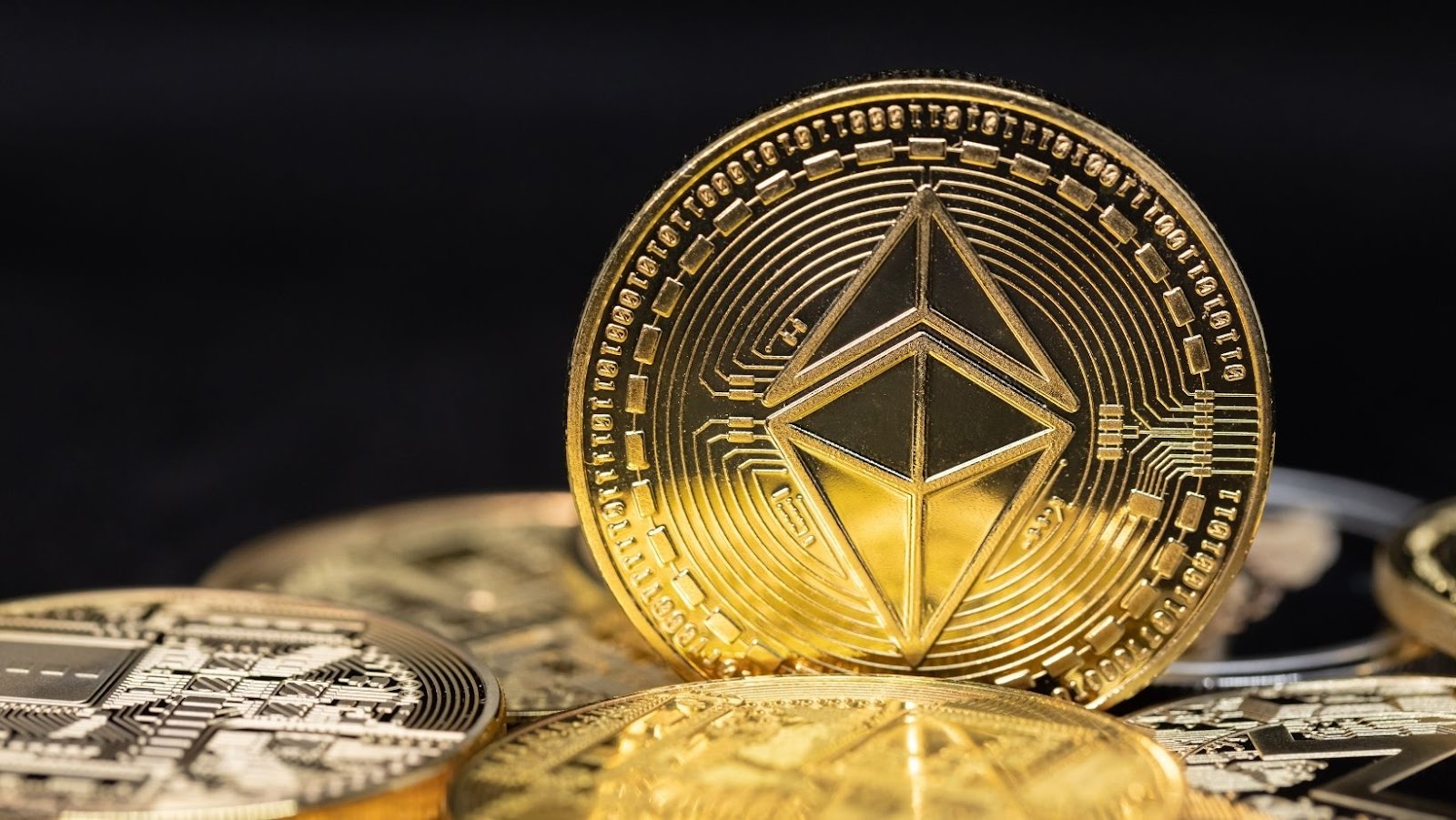
When it comes to cryptocurrencies, there are a lot of different options out there. Two of the most popular options are Ethereum and Ethereum Classic. So, what’s the difference between these two digital currencies?
Well, Ethereum was created in 2015, while Ethereum Classic was created in 2016. The main difference between the two is that Ethereum Classic is based on the original Ethereum blockchain, while Ethereum has been hard fork off of that blockchain. Both Ethereum and Ethereum Classic use smart contracts, which are essentially self-executing contracts that can be used to facilitate transactions. However, there are some differences in how these smart contracts work between the two platforms.
What is the difference between ethereum and ethereum classic?
The main difference between ethereum and ethereum classic is that Ethereum Classic is based on the original Ethereum blockchain, while Ethereum has been hard fork off of that blockchain. Both Ethereum and Ethereum Classic use smart contracts, which are essentially self-executing contracts that can be used to facilitate transactions. However, there are some differences in how these smart contracts work between the two platforms.
Ethereum and Ethereum Classic are two separate cryptocurrencies that have different purposes. Ethereum is intended to be a platform for decentralized applications, while Ethereum Classic is intended to be a store of value. There are also technical differences between the two currencies. For example, Ethereum uses the more efficient proof-of-work algorithm, while Ethereum Classic uses the original proof-of-work algorithm.
What are the benefits of Ethereum Classic over Ethereum?
Ethereum Classic has a few benefits over Ethereum. One benefit is that it is not controlled by any one entity. This decentralization makes it more resistant to censorship and tampering. Another benefit of Ethereum Classic is that it has a lower transaction fee than Ethereum. Finally, Ethereum Classic’s smart contracts are more flexible than those on the Ethereum blockchain. This allows for a wider range of applications.
How will Ethereum Classic impact the future of cryptocurrency?
Ethereum Classic could have a big impact on the future of cryptocurrency. Its benefits of decentralization and lower transaction fees could make it a more attractive option than Ethereum in the long run. only time will tell how this digital currency will fare in the years to come.
Who stands to benefit most from the rise of Ethereum Classic?
Investors and users who believe in the original vision of Ethereum stand to benefit the most from the rise of Ethereum Classic. This digital currency is a direct competitor to Ethereum, so it will be interesting to see how it fares in the years to come. Only time will tell how this digital currency will impact the future of cryptocurrency.
How to invest in Ethereum Classic?
If you’re interested in investing in Ethereum Classic, there are a few different ways to do so. One option is to buy Ethereum with credit card through a cryptocurrency exchange, which is a quick and convenient method. Another way is to mine Ethereum Classic coins. Finally, you can also invest in Ethereum Classic through a digital currency wallet.
There are a few different ways that you can invest in Ethereum Classic. In this guide, we will walk you through the most popular methods so that you can make the best decision for your needs. We will cover how to buy ETC on exchanges, as well as how to store it safely.
Pros and cons of investing in Ethereum Classic
Investing in Ethereum Classic has a few pros and cons. One pro is that it has the potential to be more profitable than Ethereum in the long run. Another pro is that it is a direct competitor to Ethereum, so it could see a rise in popularity if Ethereum falters. A con of investing in Ethereum Classic is that it is a relatively new digital currency, so it is more volatile than some of the more established options. Finally, Ethereum Classic’s smart contracts are not as widely used as those on the Ethereum blockchain, which could limit its growth potential.












